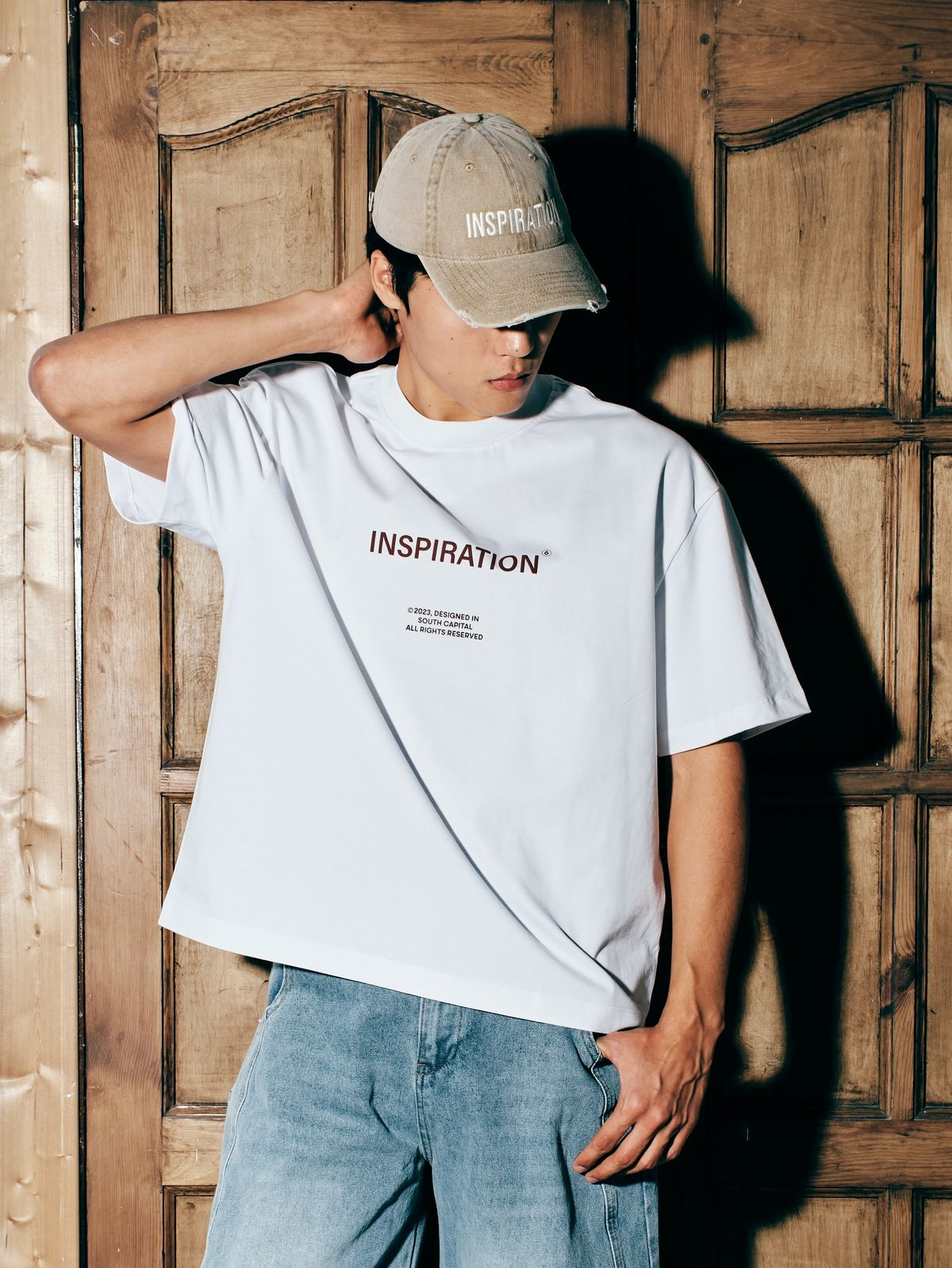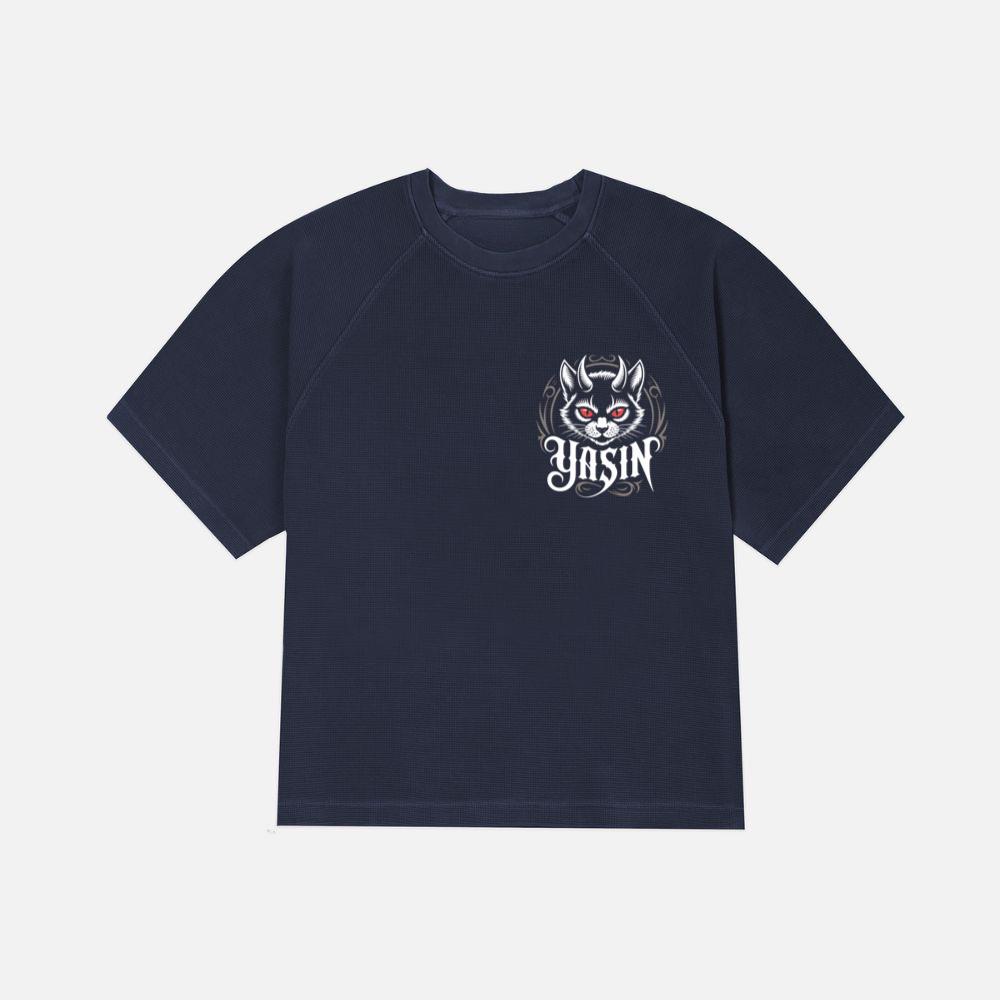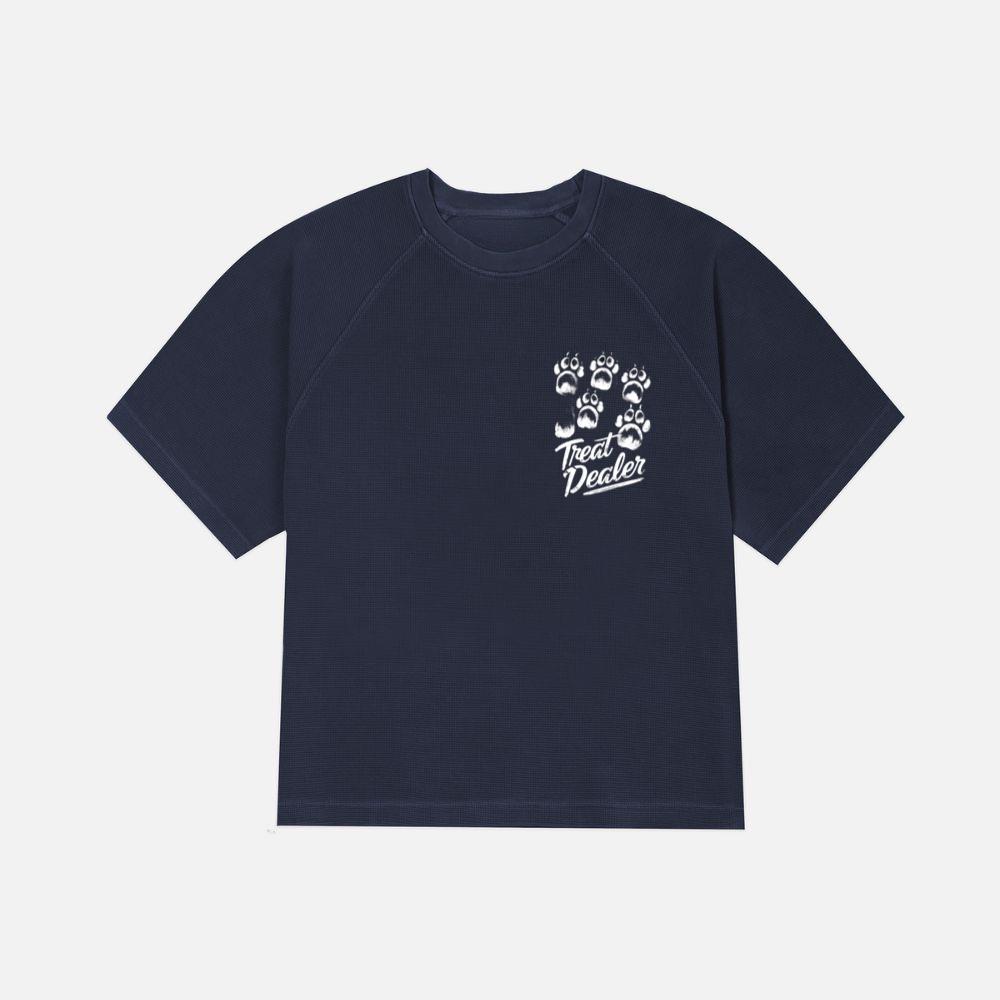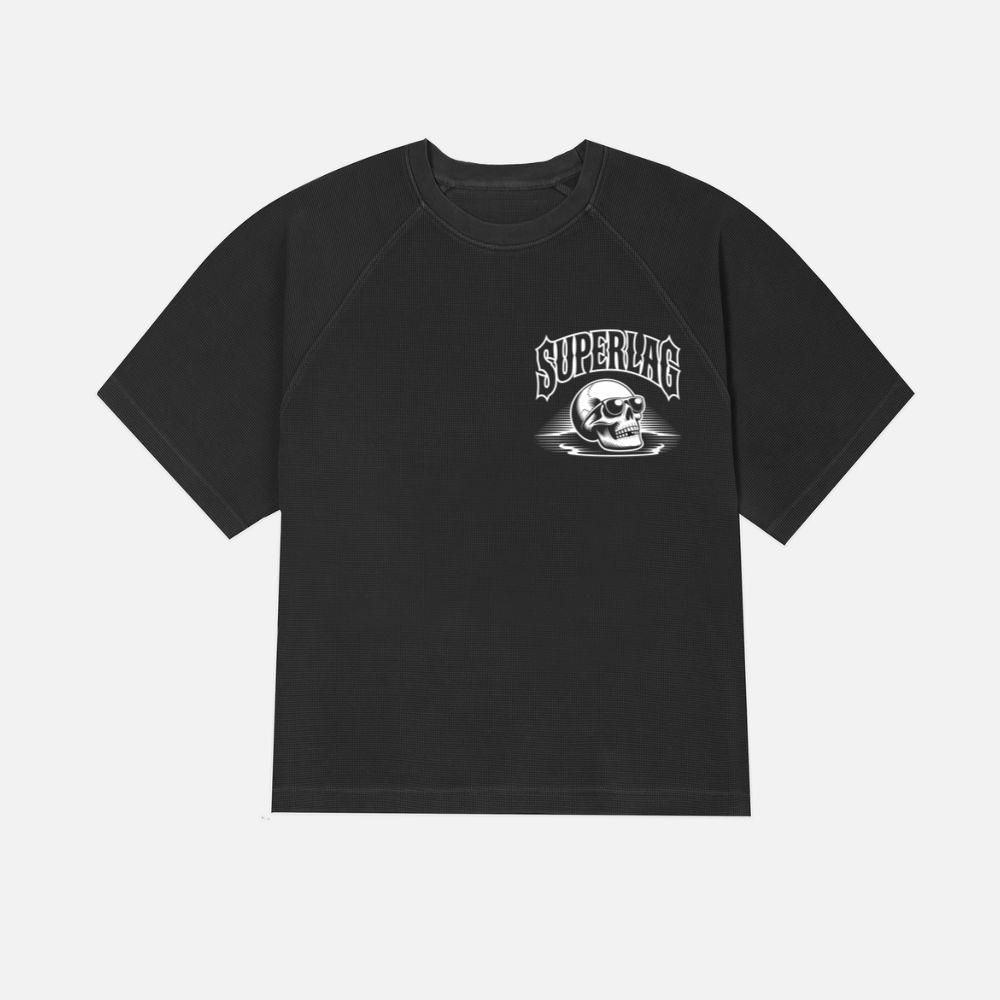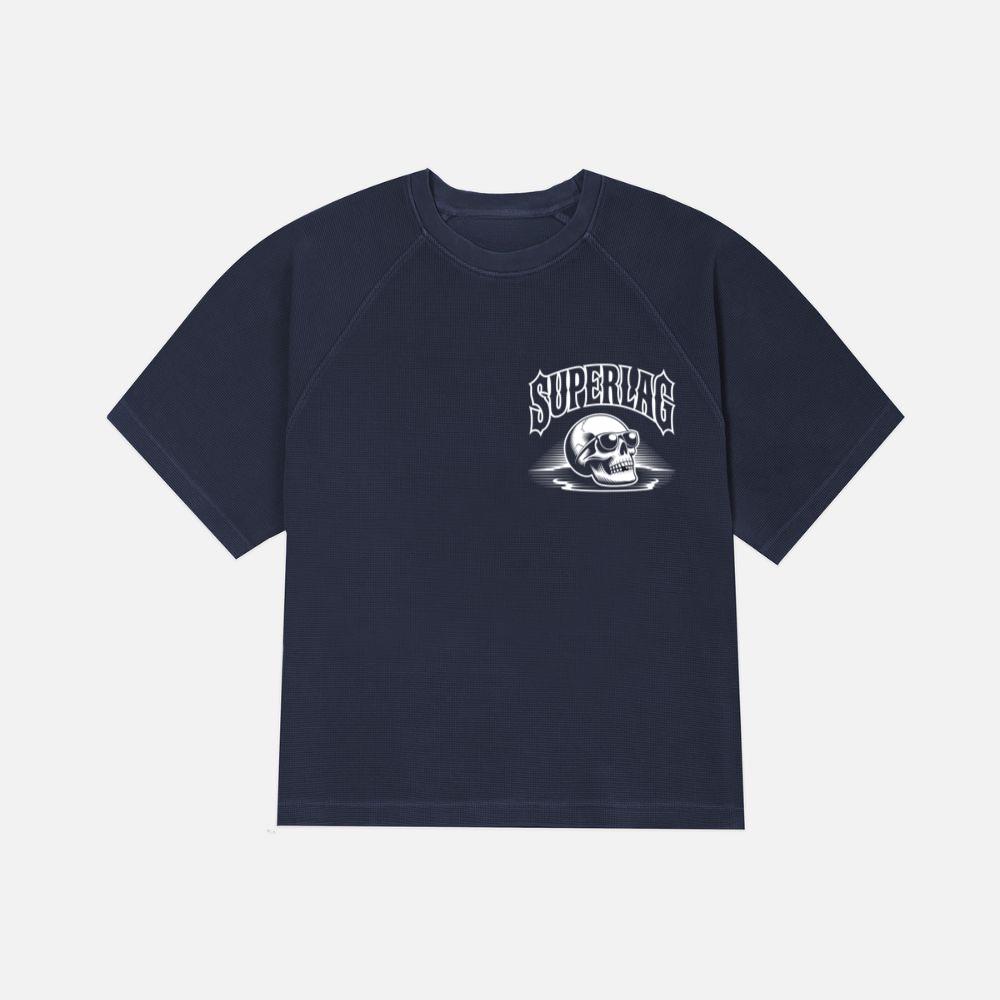Fashion is a powerful form of expression that transcends mere clothing. It is a living representation of culture, history, identity, and creativity, shaping the way individuals perceive themselves and others. Clothing communicates values, aspirations, and social status, while simultaneously responding to changes in society, technology, and economics. The evolution of fashion demonstrates its profound impact on personal identity and collective culture, revealing that it is much more than aesthetics. Fashion is an art form, a social language, and a global industry that has been influencing humanity for centuries.
Throughout history, clothing has served both practical and symbolic purposes. In ancient civilizations, garments were designed not only to protect the body but also to signify social rank, profession, or religious affiliation. The Egyptians wore linen garments to cope with the heat, while elaborate jewelry and headdresses indicated wealth and authority. Similarly, in ancient Rome, citizens distinguished themselves through tunics, togas, and other clothing that reflected class and civic responsibilities. Across Asia, traditional garments such as the Japanese kimono and the Korean hanbok were rich in cultural symbolism, embodying etiquette, status, and local artistry. These examples demonstrate that fashion has always been more than functional attire; it is a medium of communication that conveys meaning beyond words.
The Renaissance period brought about a significant transformation in the perception of clothing. Fashion became a reflection of taste, refinement, and social position. In Europe, wealthy individuals wore luxurious fabrics such as silk, velvet, and brocade, often adorned with embroidery, lace, and jewels. Clothing was not merely practical but also a statement of artistic sensibility and sophistication. Fashion centers emerged in cities like Paris and Florence, where designers and tailors experimented with forms, colors, and materials, laying the foundation for modern fashion industries. The idea of changing styles according to seasons began to take root, establishing the cyclical nature of trends that continues today. During this era, fashion became an essential component of identity, allowing individuals to project personality, social standing, and cultural awareness.
The industrial revolution further transformed fashion by introducing mechanized textile production and mass manufacturing. Clothing that was once the exclusive domain of the wealthy became more accessible to the general public. Department stores and fashion publications emerged, spreading trends and creating a shared cultural understanding of style. Global trade introduced new fabrics, dyes, and patterns, fostering cross-cultural influences that enriched fashion’s diversity. With these innovations, fashion became more than personal expression; it evolved into a cultural phenomenon that connected communities, reflected societal values, and facilitated social mobility.
The twentieth century marked a period of dramatic change and innovation in fashion. Haute couture emerged in Paris, with designers such as Coco Chanel revolutionizing women’s clothing by promoting comfort, elegance, and simplicity. Chanel’s designs liberated women from restrictive garments, reflecting broader social movements that emphasized independence and empowerment. After World War II, fashion became increasingly experimental, with designers introducing bold silhouettes, vibrant colors, and synthetic fabrics. Subcultures and youth movements in the 1960s and 1970s, including punk, hippie, and disco styles, challenged traditional norms, encouraging creativity, rebellion, and self-expression. These developments highlight fashion’s ability to mirror social change and act as a form of cultural commentary.
In the contemporary era, fashion has become a global phenomenon, shaped by technology, media, and rapid communication. Social media platforms, fashion blogs, and online marketplaces have democratized trends, allowing styles to spread worldwide almost instantly. Influencers and content creators hold significant sway in shaping public taste, often rivaling traditional fashion houses in influence. Technological advancements such as 3D printing, sustainable textiles, and innovative manufacturing processes have expanded the possibilities of design and functionality. Fast fashion brands make trendy clothing accessible to the masses, while simultaneously raising ethical and environmental concerns. Increasingly, consumers demand transparency, sustainable practices, and ethical production, reflecting a shift in fashion from mere appearance to value-driven consumption.
Fashion also serves as a reflection of culture and identity. Streetwear, originating from skateboarding and hip-hop communities, has evolved into a mainstream style that influences high fashion brands worldwide. This trend demonstrates the fluidity of fashion and the merging of traditional and contemporary styles. Clothing communicates messages about individuality, social affiliation, and political beliefs. Movements advocating body positivity, gender inclusivity, and cultural representation have challenged conventional standards, promoting diversity and self-expression. Fashion allows individuals to navigate complex social environments, communicate identity, and participate in cultural dialogue.
Economically, fashion is a vital global industry that encompasses textiles, retail, marketing, technology, and media. Fashion weeks, exhibitions, and brand collaborations stimulate creativity, networking, and commerce, shaping consumer behavior and cultural trends. The industry also influences visual arts, photography, and digital media, reinforcing the interconnectedness of fashion and culture. Fashion operates not only as an economic engine but also as a cultural touchstone, reflecting societal values, technological advancements, and global exchanges.
The personal significance of fashion cannot be overstated. Clothing is a tool for self-expression, confidence, and emotional well-being. The choices people make in attire reflect mood, identity, and aspirations, enabling communication without words. Personal style evolves over time, influenced by cultural exposure, experiences, and changing societal norms. Online platforms and social media have expanded the opportunities for self-expression, empowering individuals to experiment with diverse looks, engage with trends, and cultivate a unique identity. Fashion is both a personal journey and a societal dialogue, offering a space for creativity, reflection, and interaction.
Sustainability and ethical practices have become central to modern fashion discourse. The environmental impact of production, consumption, and waste has prompted designers and consumers to reconsider traditional practices. Eco-friendly fabrics, circular fashion models, and upcycling initiatives offer solutions to reduce environmental harm while maintaining style and innovation. Brands that prioritize fair labor practices, transparency, and sustainable sourcing are redefining industry standards, demonstrating that fashion can be both beautiful and responsible. Consumers increasingly value ethical production and sustainability, reflecting a cultural shift toward conscious consumption and social responsibility.
Fashion education and research play an essential role in developing the industry. Academic programs now integrate design, business, technology, and cultural studies, preparing professionals to innovate in a competitive global market. Research in textiles, wearable technology, and consumer behavior drives advancements, ensuring that fashion adapts to changing social, technological, and cultural demands. This multidisciplinary approach highlights the complexity of fashion, combining creativity, analysis, and strategy. Fashion is both an art and a science, requiring innovation, cultural insight, and technical expertise.
Ultimately, fashion is an enduring and transformative aspect of human culture. It bridges tradition and innovation, art and commerce, individuality and collective identity. From ancient garments to contemporary trends, fashion evolves in response to cultural, social, and technological forces, reflecting and shaping the world around us. It communicates identity, values, and aspirations while providing an avenue for creativity, self-expression, and cultural dialogue. Fashion is a lens through which society can understand human behavior, social structures, and cultural dynamics.
In conclusion, fashion is far more than clothing; it is a complex and influential cultural phenomenon. Its history demonstrates adaptability, innovation, and the capacity to inspire. Contemporary fashion continues to evolve, balancing aesthetics with ethical responsibility, personal expression with social trends, and commerce with creativity. Fashion reflects society’s values, drives global economies, and empowers individuals to express identity and creativity. As a dynamic and enduring force, fashion will continue to shape and be shaped by the evolving world, offering insights into culture, human behavior, and the interplay between tradition and modernity. Its power lies not only in appearance but also in its ability to communicate meaning, foster creativity, and influence society in profound and lasting ways.

